PrAACtical Groups: AAC Groups Made Easy – How to Get Started
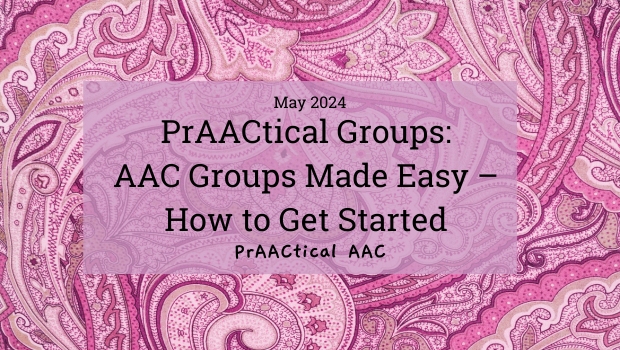
Today we welcome two new guest authors, Marisa Portanova and Marnina Allis, to share their experiences in running AAC groups.
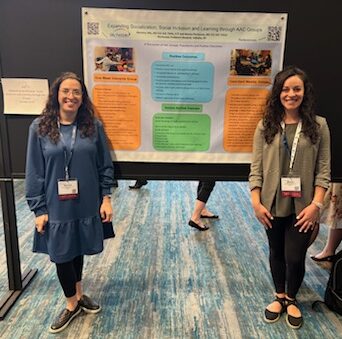
:::::::::::::::::::::::::::::::::::::::::::::::::::::
PrAACtical AAC Groups Made Easy – How to Get Started
All speech language pathologists do group therapy. It’s a great way to work on pragmatic skills, but lots of other skills too. It can also be motivating and fun for the participants. Have you thought about groups for AAC users but weren’t sure where to start? We are Marisa and Marnina, SLPs at Blythedale Children’s Hospital, and we started groups for our AAC users. Over the next few blog posts, you will learn more about these, but today, we will discuss the overview and some tips and tricks that helped make them successful.
Marisa and Marnina are SLPs at Blythedale Children’s Hospital in Westchester County, NY. They are part of the Assistive Technology team, where they do multi-disciplinary AAC evaluations, AAC therapy, consults and trainings in all areas of AAC, access and AT.
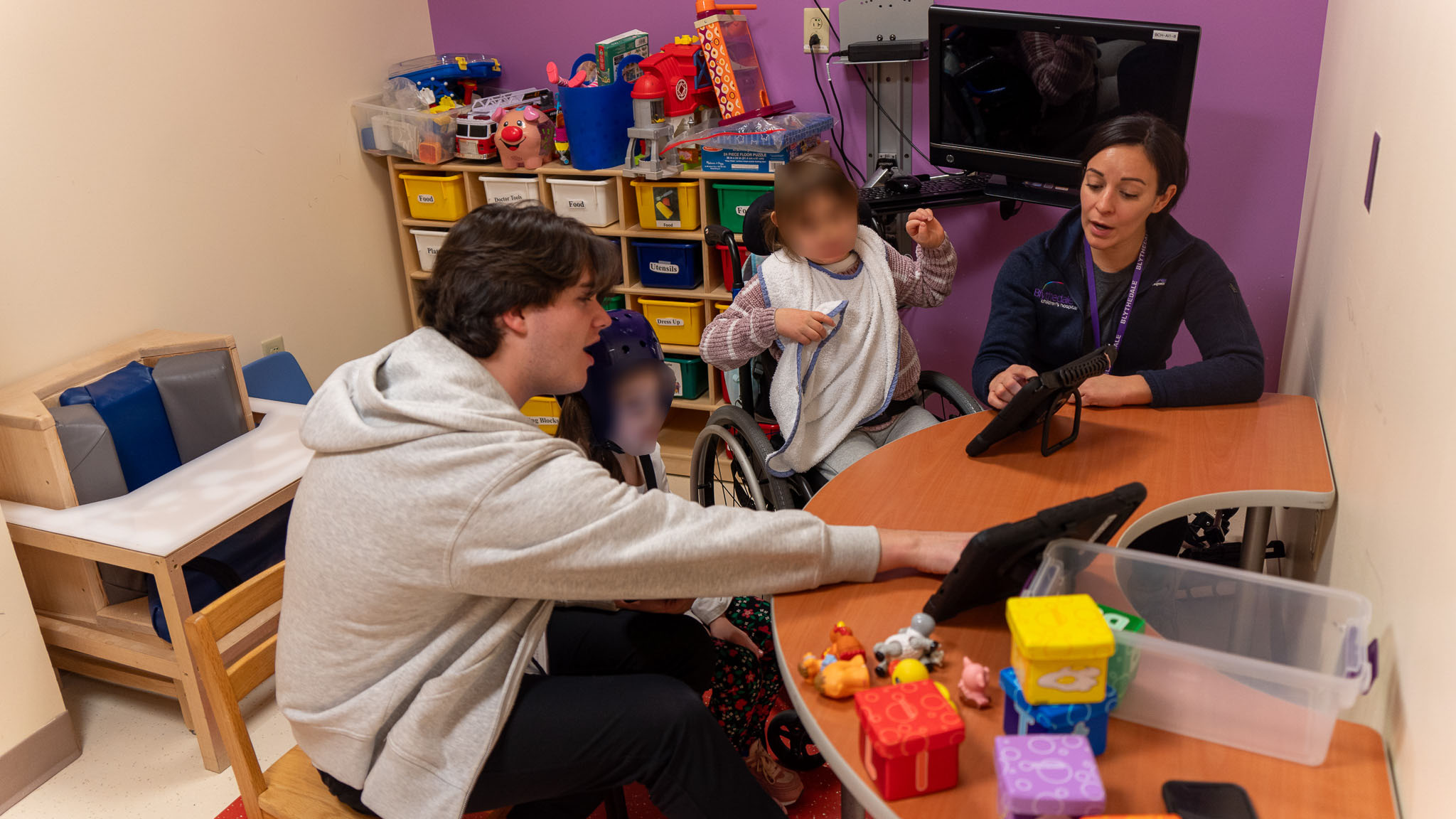
We grouped our children based on level of functioning, regardless of age, grade, gender, AAC device (i.e., hardware or software) and access method. Putting kids together in groups was a great way to motivate, target core language, teach literacy, play games and have fun! For kids in our school program, we offered weekly groups throughout the school year, continuously. We also offered AAC intensive groups, where children would come in over a school break for a week and participate in the AAC groups for 5 consecutive days, for a longer stretch (about two and a half hours).
Regardless of the format of the group, we saw positive results (no spoiler here – stay tuned for a later blog post). While it seems intimidating, we just picked a book, activity, or theme, and planned activities around that, making it regular language therapy, and just adding the AAC device. Looking at it that way made it much more manageable. And once the kids (and therapists) were having fun, it rolled from there. It was easy to model language into everyday group activities. We invited guests to join, be it music therapists or teachers, OTs and PTs to help with movement and sensory activities, and guests to read books and share stories.
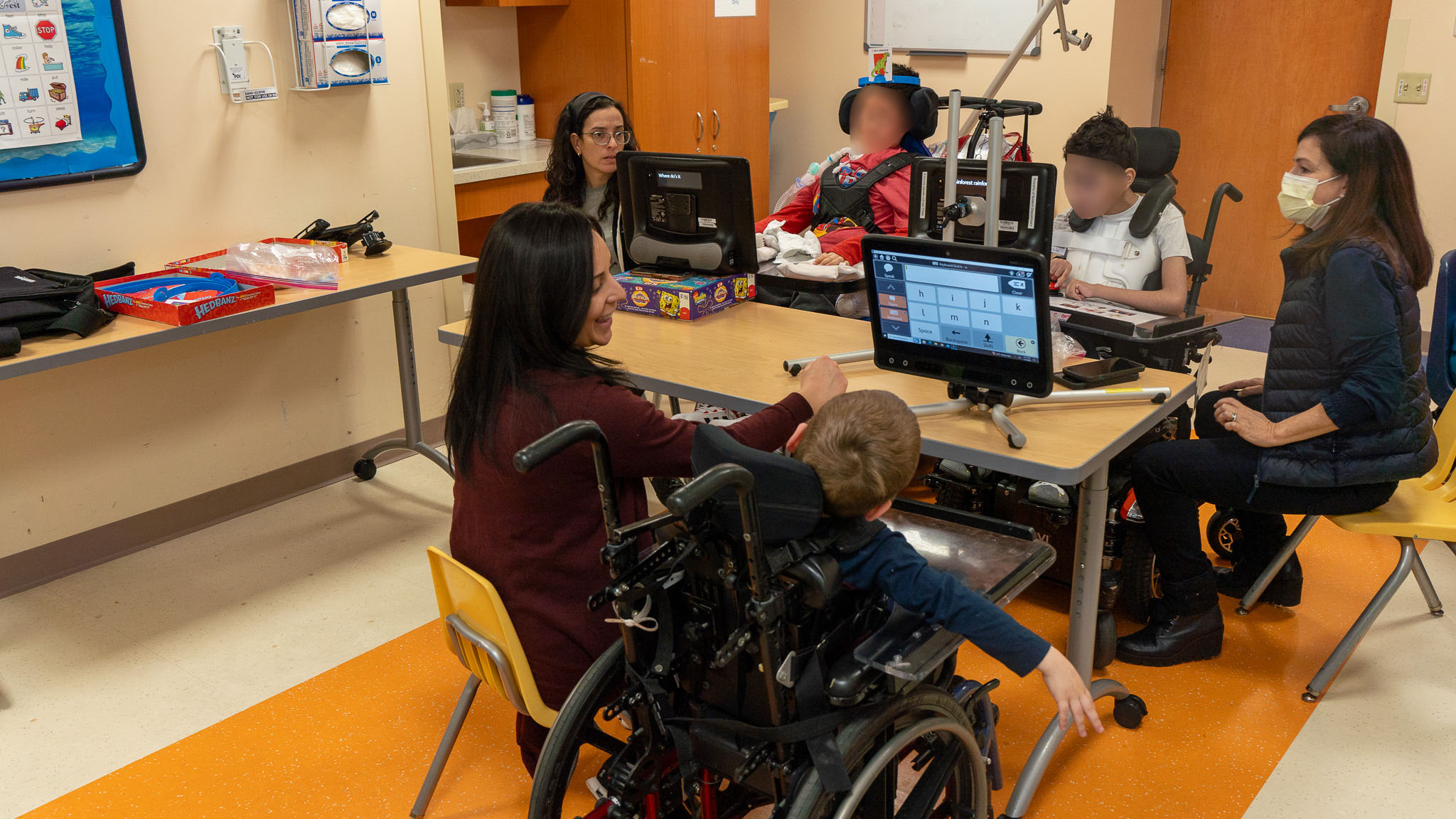
So, stay turned for the next few posts, for more details on the structure of the groups and the positive outcomes, and you will be on your way to having AAC groups in your setting.
About the Guest Authors
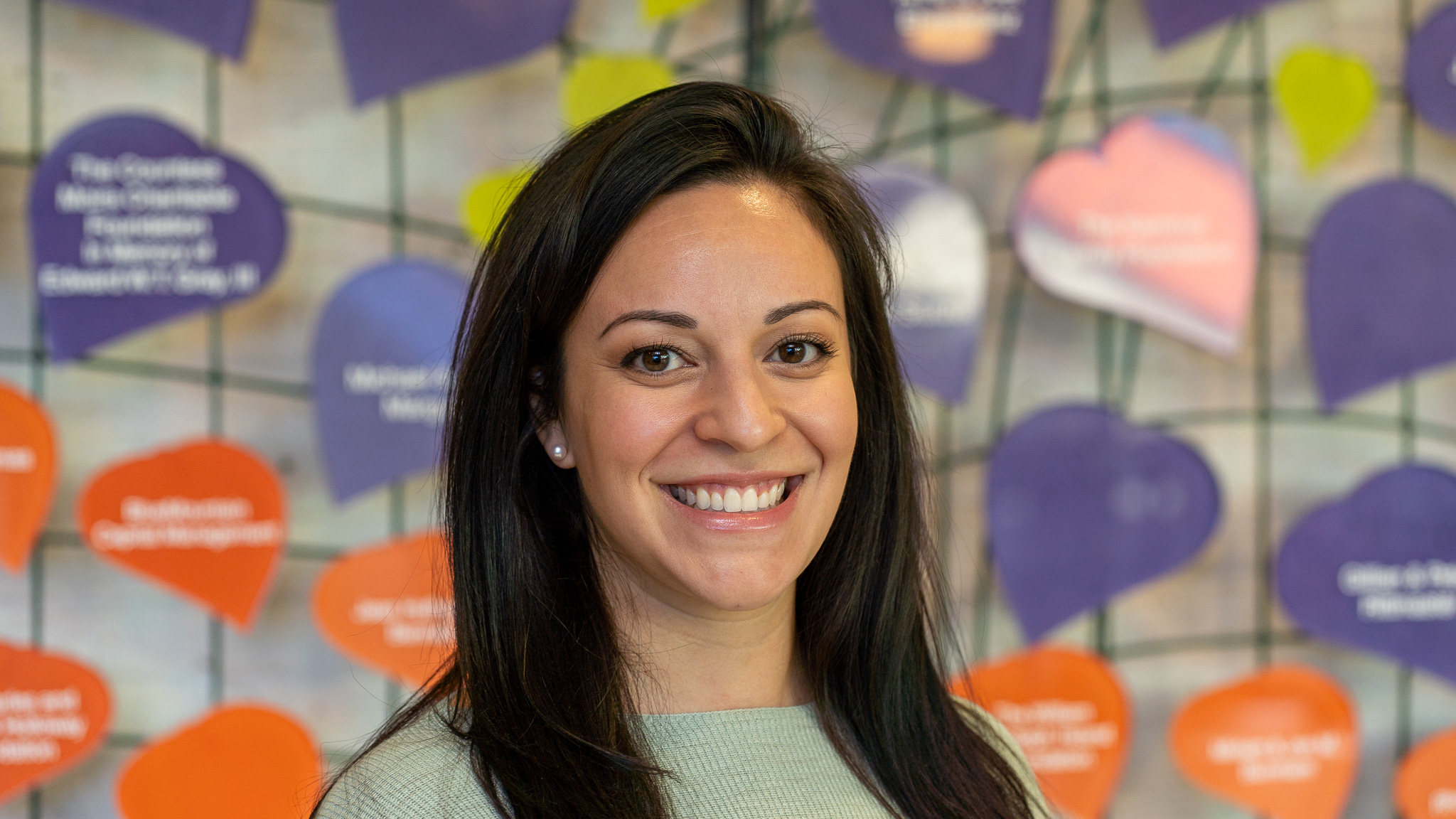 Marisa Portanova, MS, CCC-SLP, TSSLD is a Lead Clinician and a member of the Assistive Technology Core Team and Infant Feeding Evaluation Team at Blythedale Children’s Hospital. She started her career working with pediatrics in private practice, home care, and long-term care settings as well as providing services through CPSE and Early Intervention programs prior to joining Blythedale staff more than four years ago. Ms. Portanova earned her bachelor’s degree from the University of Delaware and master’s degree from New York Medical College.
Marisa Portanova, MS, CCC-SLP, TSSLD is a Lead Clinician and a member of the Assistive Technology Core Team and Infant Feeding Evaluation Team at Blythedale Children’s Hospital. She started her career working with pediatrics in private practice, home care, and long-term care settings as well as providing services through CPSE and Early Intervention programs prior to joining Blythedale staff more than four years ago. Ms. Portanova earned her bachelor’s degree from the University of Delaware and master’s degree from New York Medical College.
Ms. Portanova’s passion and area of specialty is Augmentative and Alternative Communication (AAC) as well as Infant Feeding. She participates in multidisciplinary Assistive Technology evaluation and treatment of children with varying needs. Ms. Portanova also provides training for Hospital and School staff in addition to families of children who are AAC users. Ms. Portanova works with families to obtain speech-generating devices and continues to support caregivers through ongoing education. She treats children with a variety of medical diagnoses, as well as speech, language, and feeding deficits in the Hospital’s Infant & Toddler, Pediatric, Adolescent, Day Hospital, and outpatient units, in addition to supporting the Hospital’s graduate student clinician rotation program.
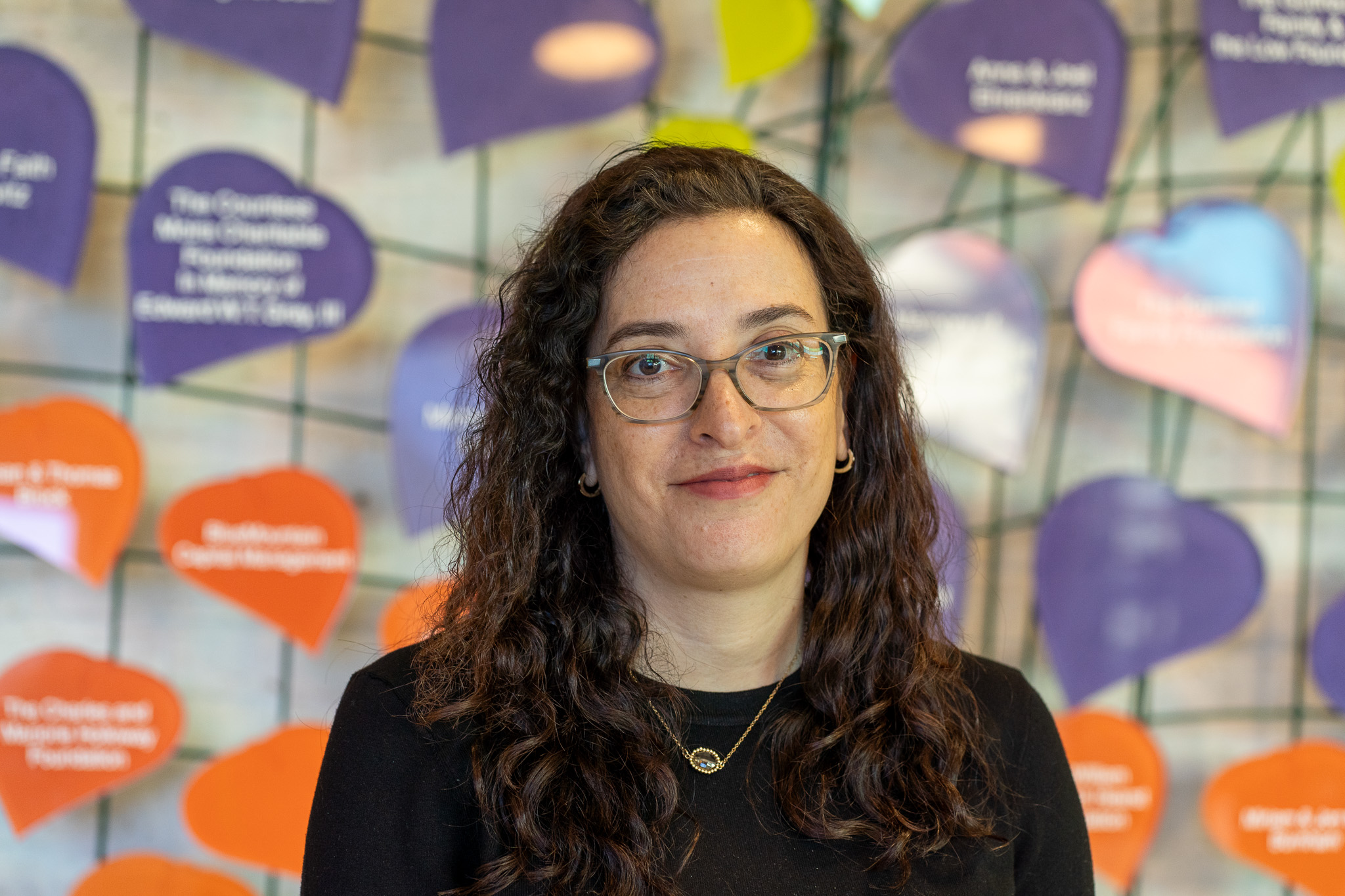 Marnina Allis, CCC-SLP, ATP, is the Assistant Director of Speech Pathology and a member of the Assistive Technology Core Team at Blythedale Children’s Hospital. She started her career in the New York City public school system, prior to joining Blythedale’s staff more than 20 years ago. Ms. Allis earned her bachelor’s degree from Stern College at Yeshiva University and master’s degree from Teacher’s College at Columbia University. She is certified by RESNA as an Assistive Technology Professional, and trained in Neuromuscular Developmental Treatment (NDT) and Language Acquisition Through Motor Planning (LAMP). Ms. Allis’ passion and area of specialty is Assistive Technology, specifically Augmentative and Alternative Communication. She participates in multidisciplinary Assistive Technology evaluations and treatment for children with varying needs. Ms. Allis also provides training for other department and Hospital staff, orders devices, and maintains relationships with a variety of Assistive Technology vendors. She treats children with a variety of medical diagnoses, as well as speech, language and feeding issues on the Hospital’s infant/toddler, pediatric, adolescent, day hospital and outpatient units.
Marnina Allis, CCC-SLP, ATP, is the Assistant Director of Speech Pathology and a member of the Assistive Technology Core Team at Blythedale Children’s Hospital. She started her career in the New York City public school system, prior to joining Blythedale’s staff more than 20 years ago. Ms. Allis earned her bachelor’s degree from Stern College at Yeshiva University and master’s degree from Teacher’s College at Columbia University. She is certified by RESNA as an Assistive Technology Professional, and trained in Neuromuscular Developmental Treatment (NDT) and Language Acquisition Through Motor Planning (LAMP). Ms. Allis’ passion and area of specialty is Assistive Technology, specifically Augmentative and Alternative Communication. She participates in multidisciplinary Assistive Technology evaluations and treatment for children with varying needs. Ms. Allis also provides training for other department and Hospital staff, orders devices, and maintains relationships with a variety of Assistive Technology vendors. She treats children with a variety of medical diagnoses, as well as speech, language and feeding issues on the Hospital’s infant/toddler, pediatric, adolescent, day hospital and outpatient units.
Filed under: Featured Posts
This post was written by Carole Zangari
